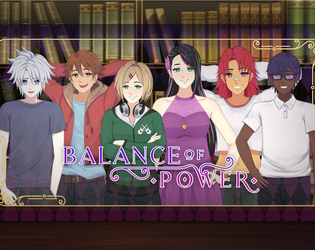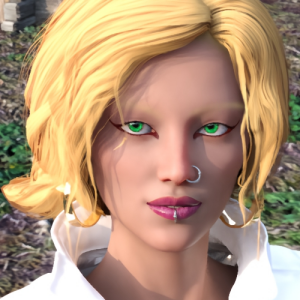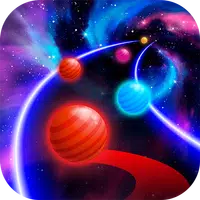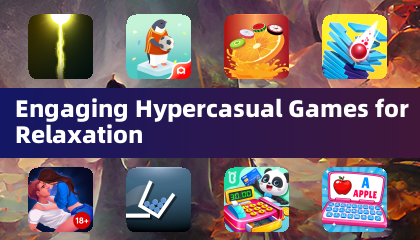Netflix expands the Witcher universe with The Witcher: Sea of Sirens, a new animated film based on Andrzej Sapkowski's short story "A Little Sacrifice." Set between seasons of the live-action series, it follows Geralt and Jaskier as they investigate a sea monster terrorizing Bremervoord, a coastal duchy where humans and merfolk clash. Their investigation intertwines with the tragic romance of Prince Agloval and the mermaid Sh’eenaz, and reveals Lambert's childhood connection to Bremervoord.
Table of Contents
- What is The Witcher: Sea of Sirens About?
- Art Style and Animation
- Action Sequences: Visually Impressive but Flawed
- Storyline: A Mixed Bag
- Comparison to Previous Adaptations
- Behind-the-Scenes Insights
- Fan Reactions and Criticism
- Future Prospects for Witcher Media
- Broader Implications for Fantasy Franchises
- Should You Watch It?
What is The Witcher: Sea of Sirens About?
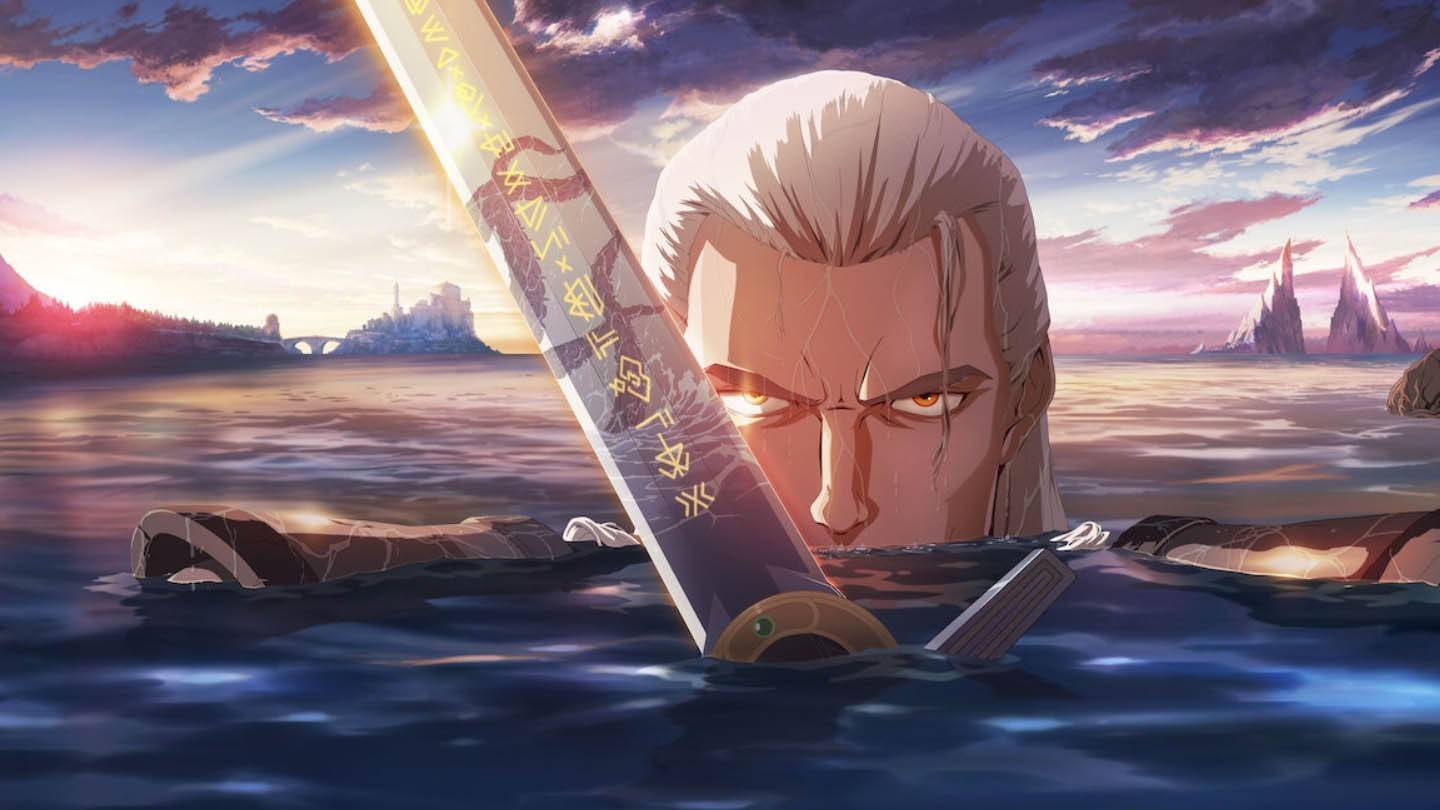
The Witcher: Sea of Sirens adapts elements of "A Little Sacrifice," reimagining Agloval as a young prince and emphasizing his romance with Sh’eenaz. The film also expands on Lambert's backstory, showcasing his childhood friendship with Eithne Daven, a poetess they encounter during their investigation.
Art Style and Animation
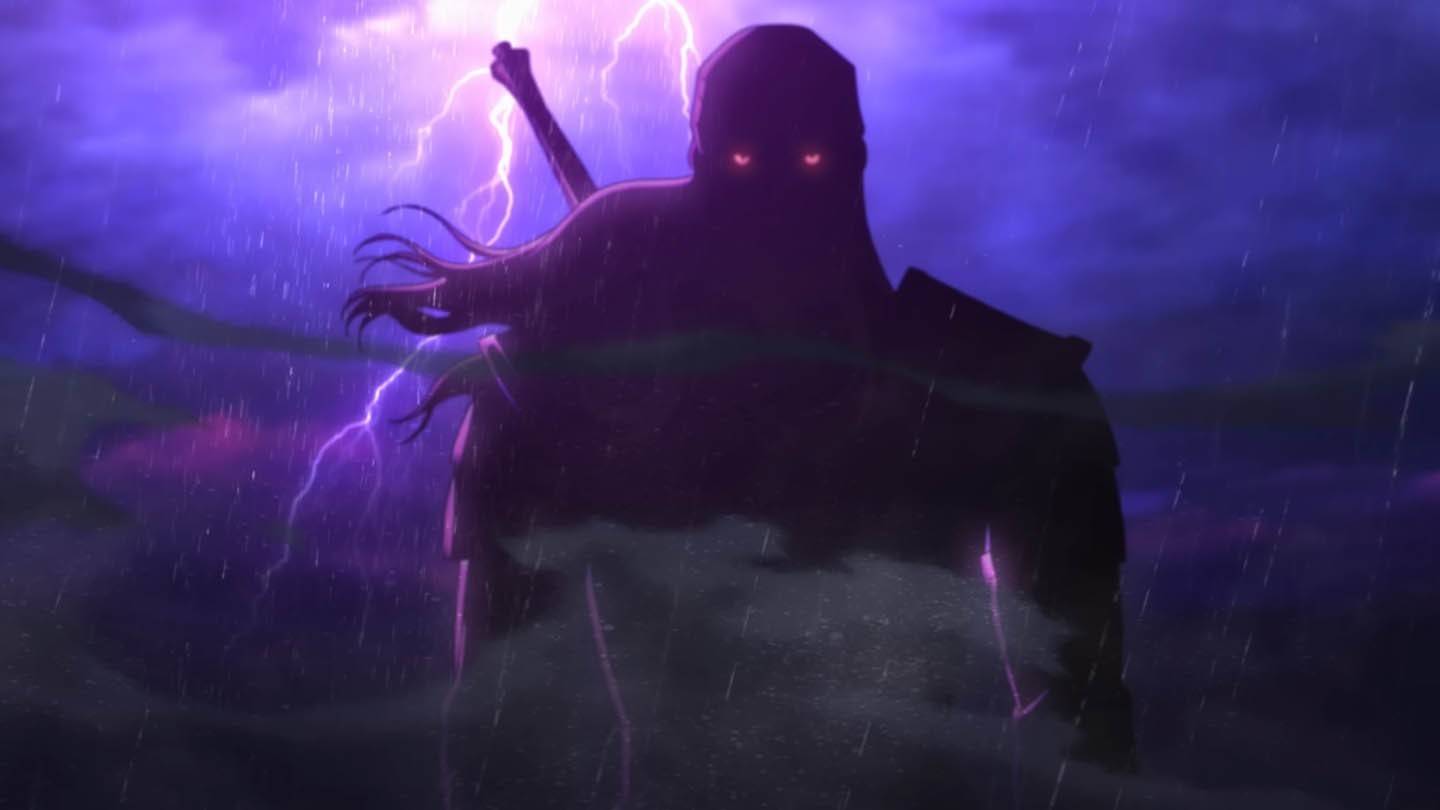
Studio Mir's distinctive art style shines, particularly in the underwater sequences. The merfolk designs are intricate and unique, blending aquatic and dryad-like features. Their use of Elder Speech further distinguishes their culture. However, some character designs feel inconsistent with the live-action series, particularly Eithne, who lacks the allure from the books.
Action Sequences: Visually Impressive but Flawed
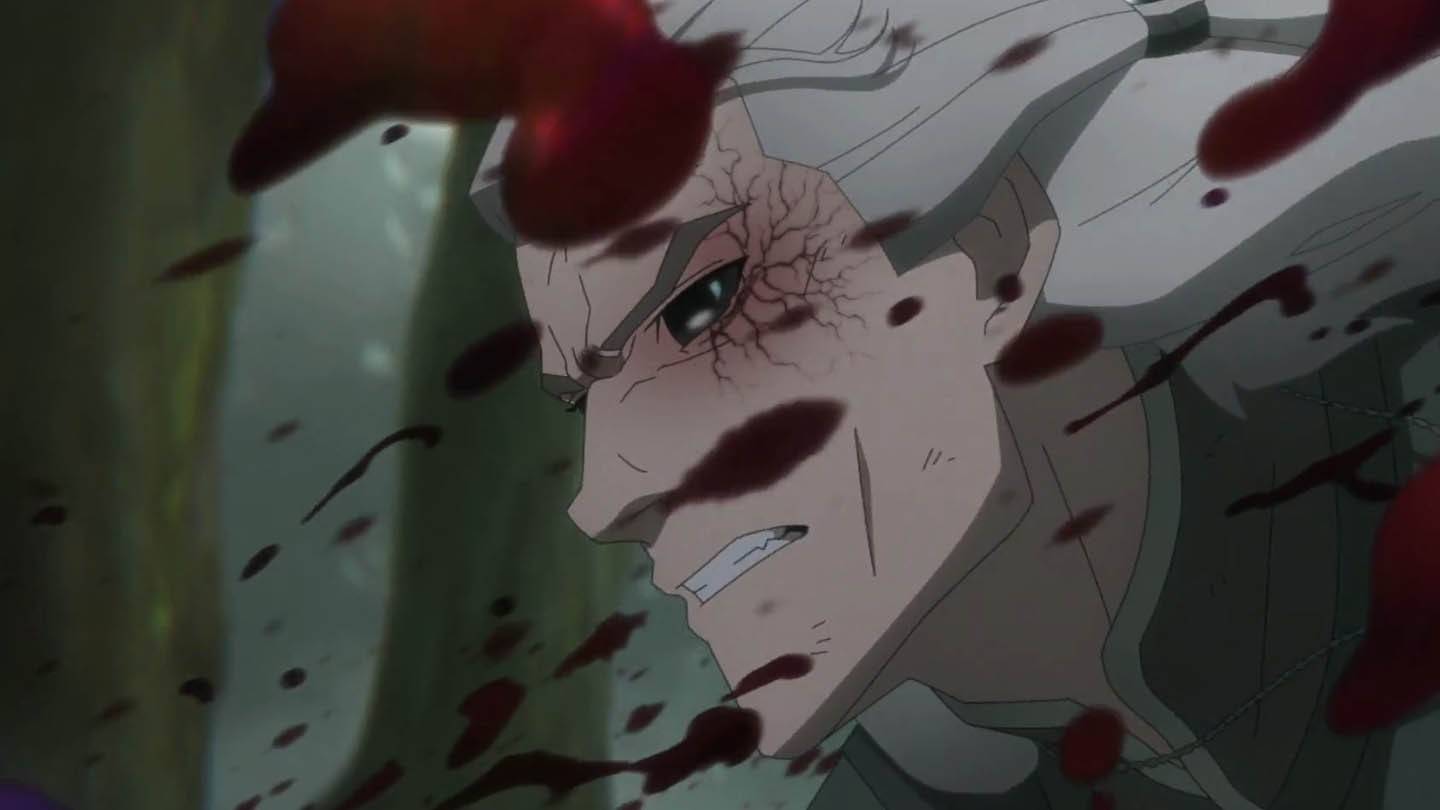
The action scenes are visually impressive, showcasing dynamic sword fights and Geralt's signs. However, Geralt's combat strategy feels haphazard, prioritizing spectacle over tactical realism. This may disappoint fans familiar with his more grounded fighting style in the games and books.
Storyline: A Mixed Bag
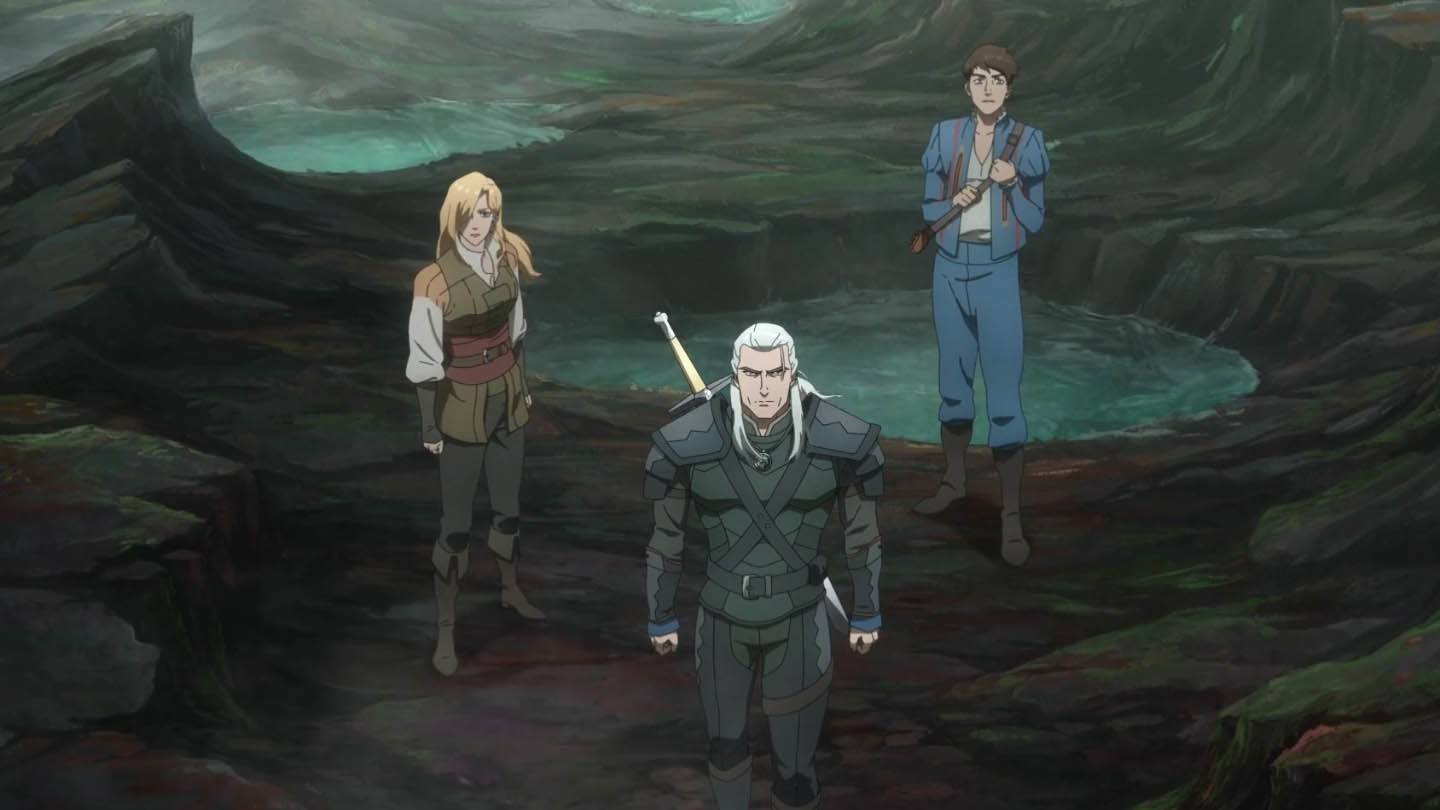
The narrative attempts to balance romance, interspecies conflict, and Geralt's internal struggles, but feels uneven. Predictable plot points and an abrupt musical number disrupt the dark fantasy tone. Eithne's character arc is underdeveloped, and Geralt's moral dilemmas lack depth.
Comparison to Previous Adaptations

Compared to Nightmare of the Wolf, Sea of Sirens is narratively weaker, relying more on spectacle than emotional resonance. However, its impressive visuals elevate it above pure mediocrity.
Behind-the-Scenes Insights
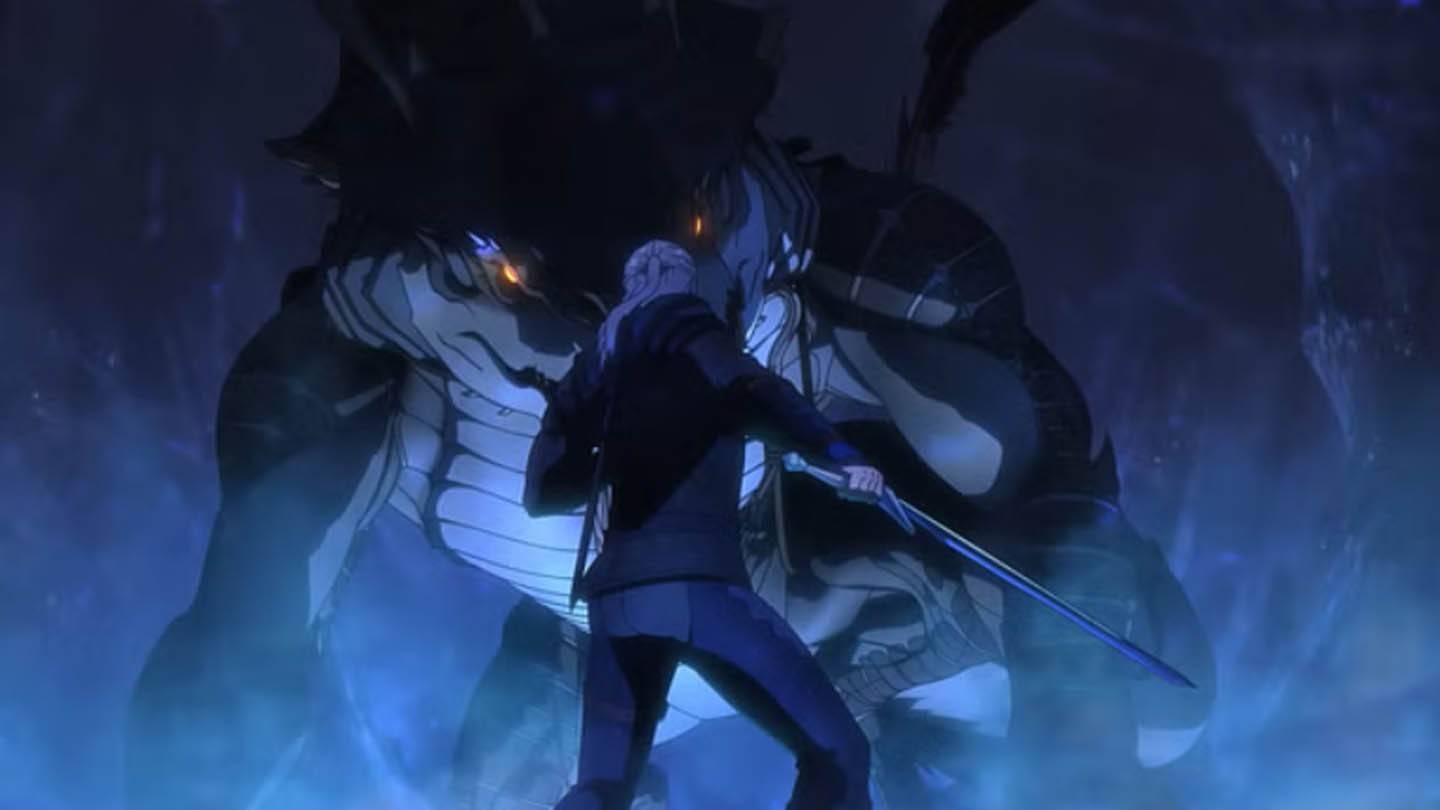
The production involved extensive collaboration between Netflix and Studio Mir, with the design of the merfolk posing a significant challenge. Artists drew inspiration from various mythologies to capture their dual nature.
Fan Reactions and Criticism
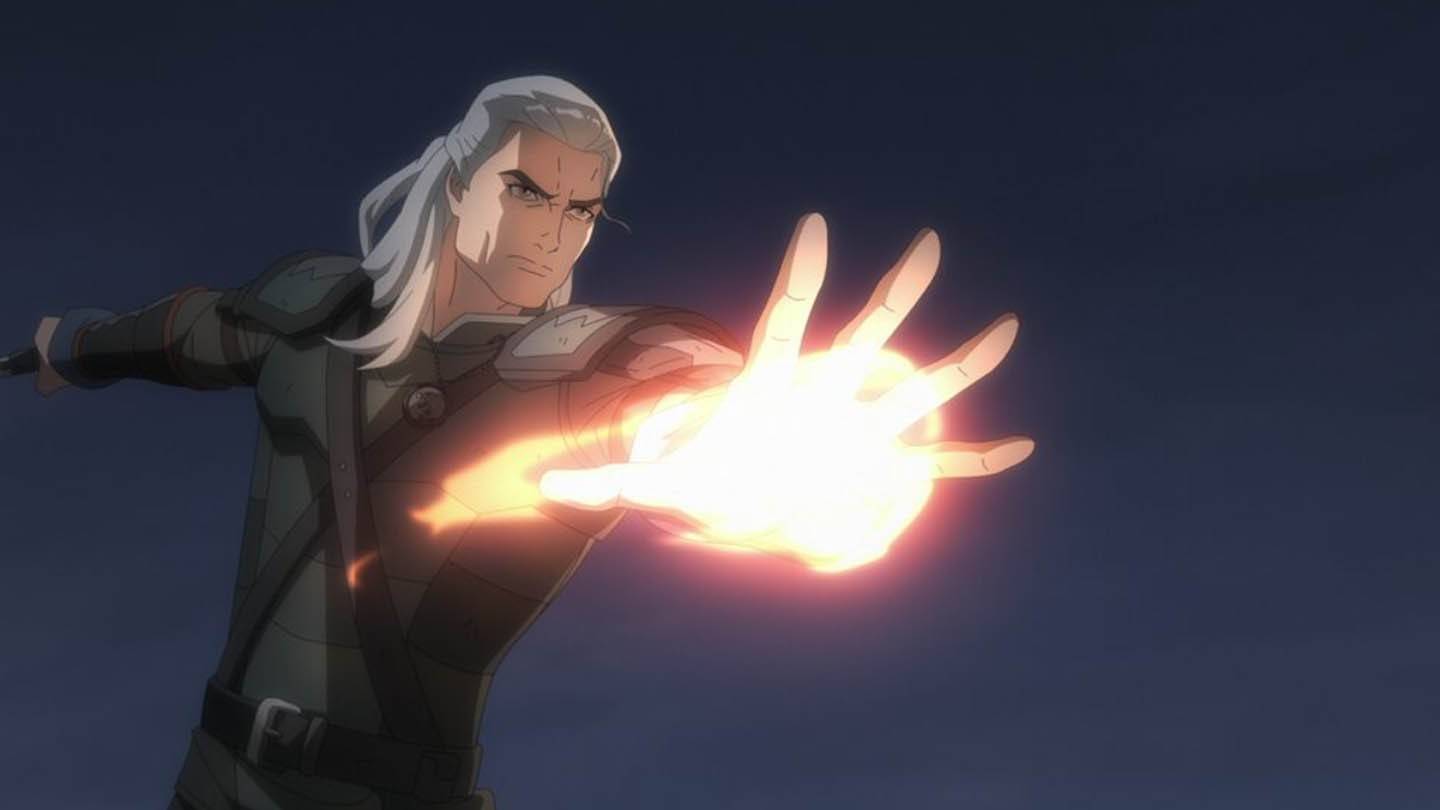
Fan reception is mixed. While some appreciate the adaptation of a lesser-known story and visual fidelity, others criticize the liberties taken with character portrayals, particularly Geralt's fighting style and Eithne's underdeveloped role.
Future Prospects for Witcher Media
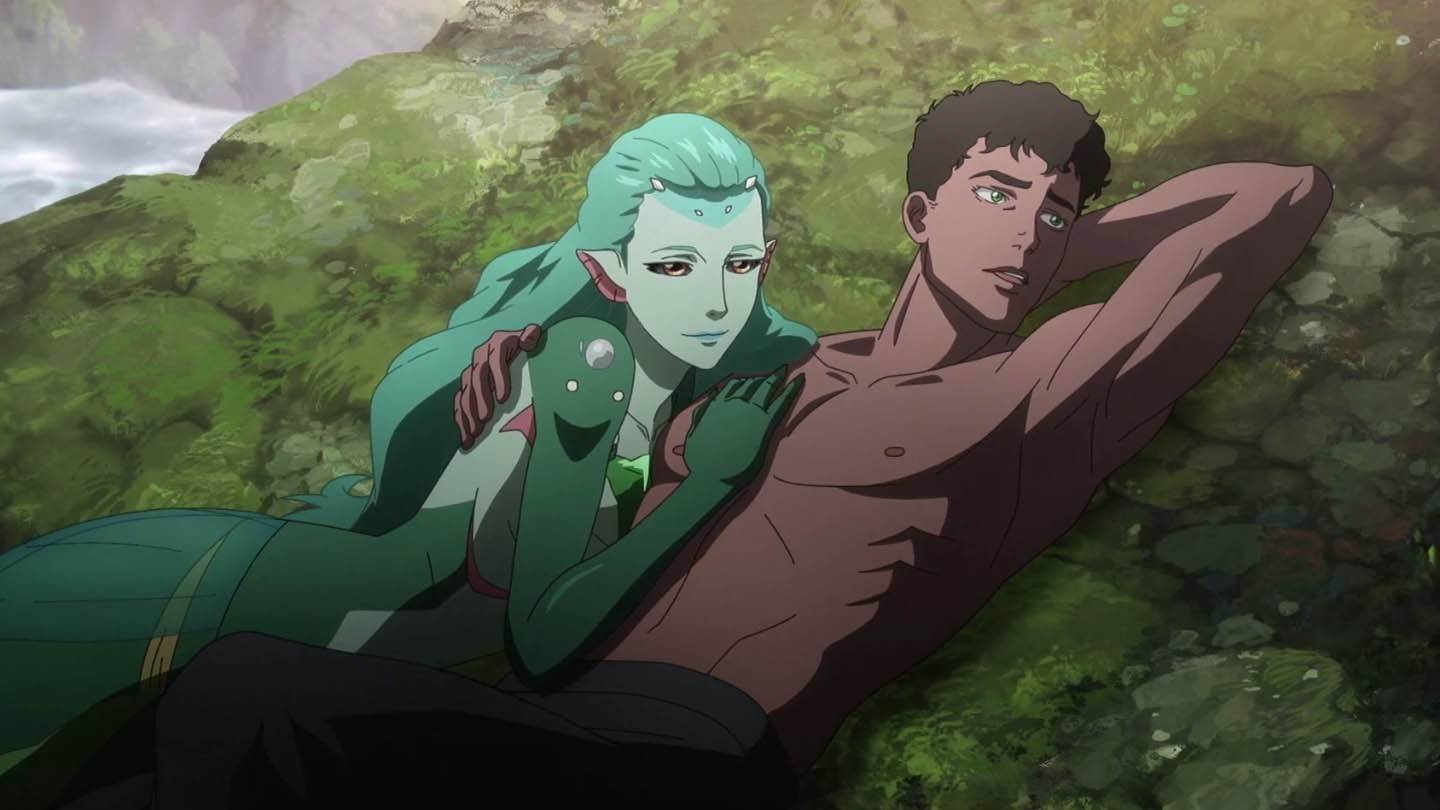
Sea of Sirens raises questions about future Witcher projects. Will Netflix continue with animated films or focus on the main series? The success of previous adaptations suggests more content is likely.
Broader Implications for Fantasy Franchises
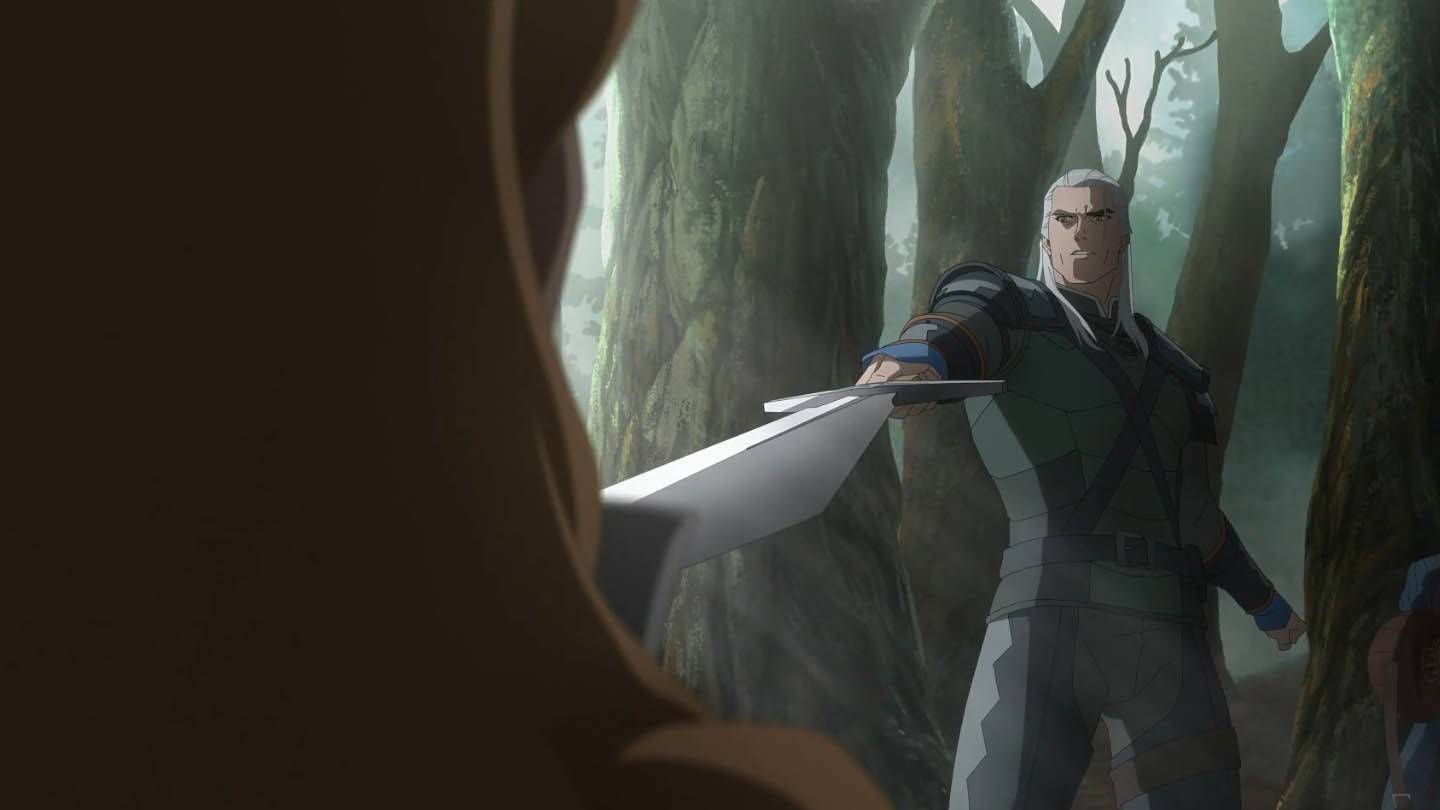
Sea of Sirens highlights the challenges of adapting literary works, balancing artistic license with source material fidelity. It serves as both a success and a cautionary tale, showcasing the potential and pitfalls of bringing complex narratives to screen.
Should You Watch It?
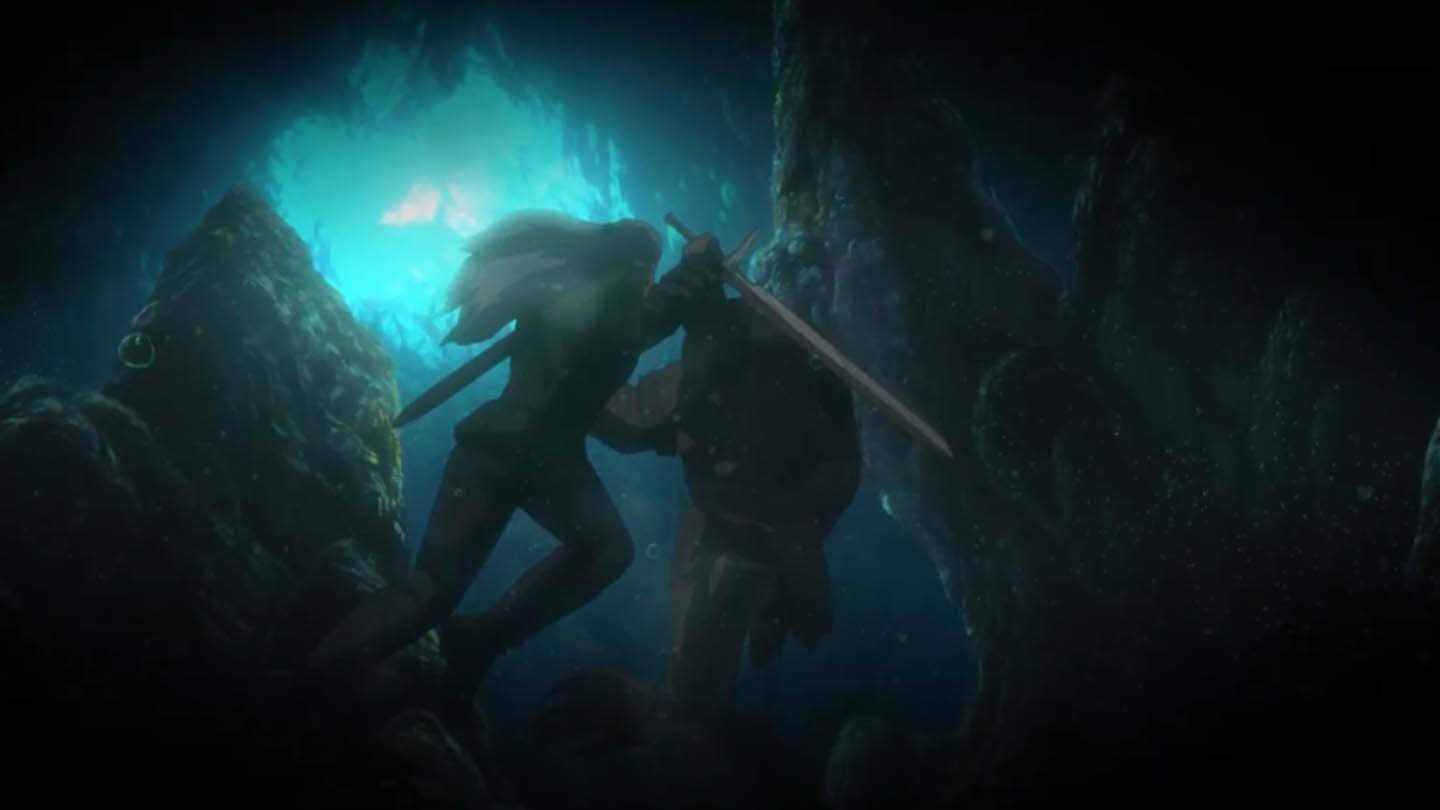
Die-hard fans and those interested in Studio Mir's style may enjoy Sea of Sirens for its visuals and faithfulness to certain elements. However, those seeking a cohesive story or deeper character exploration may be disappointed. It's a visually engaging but narratively flawed addition to Witcher lore.



